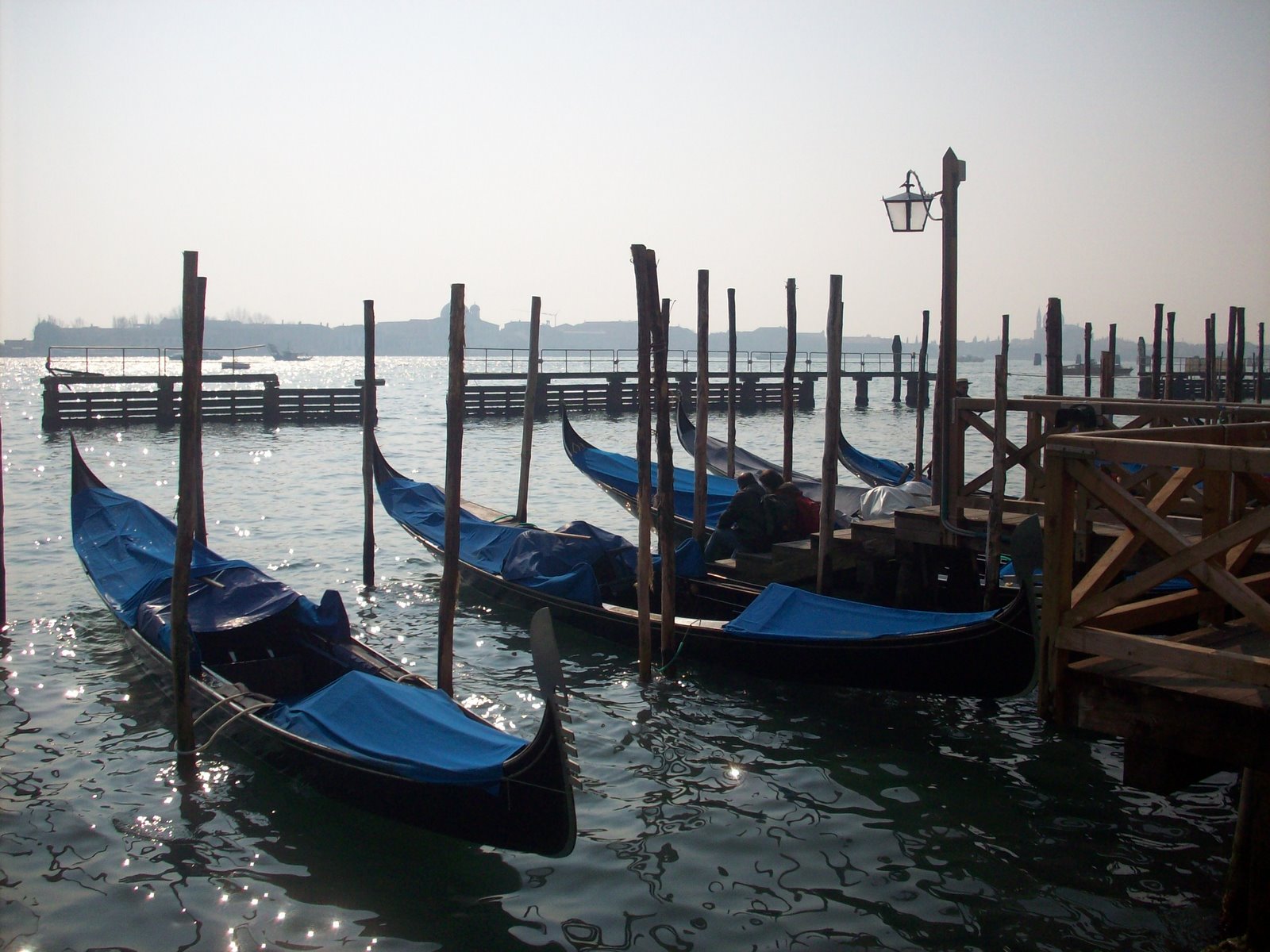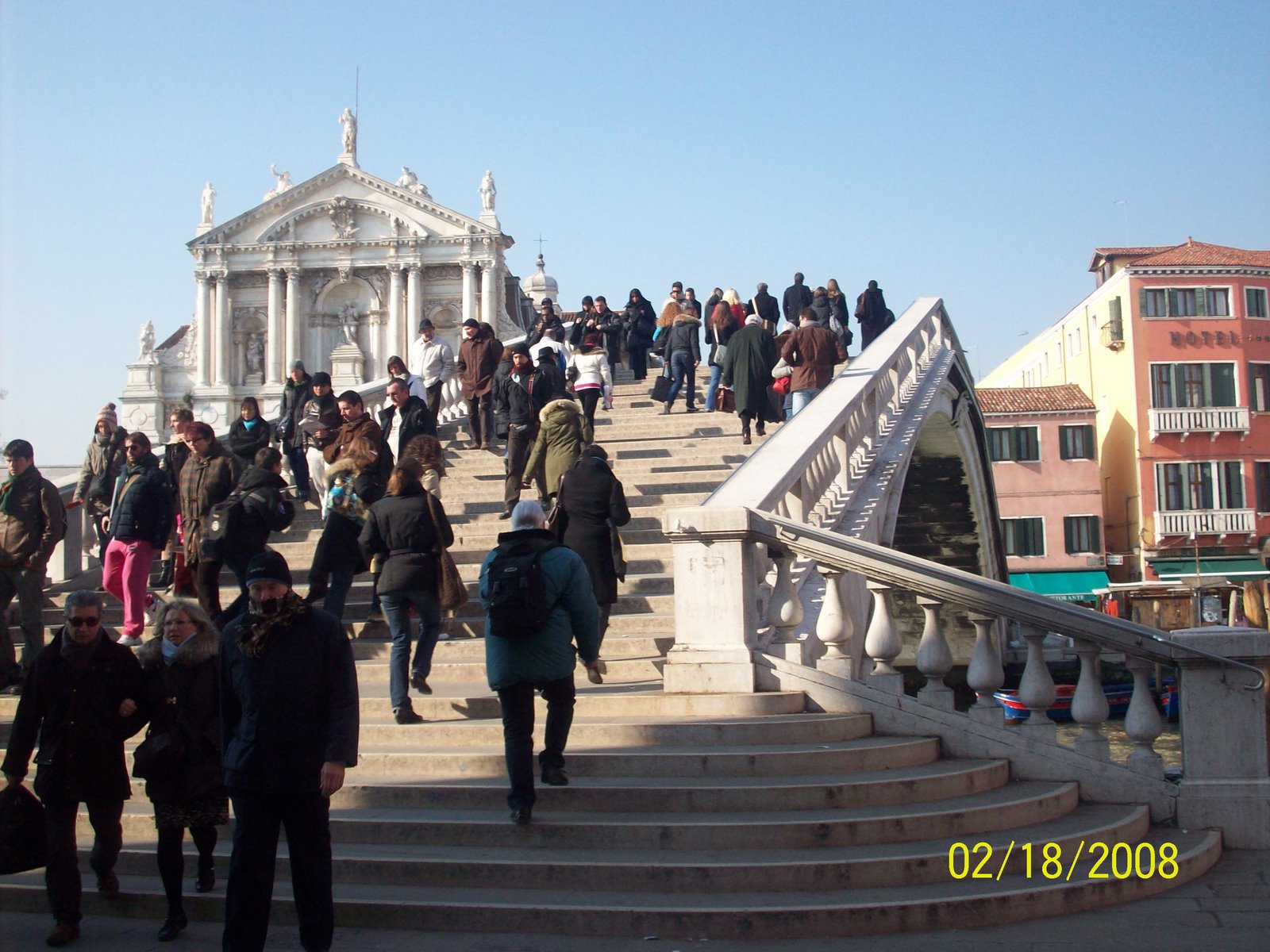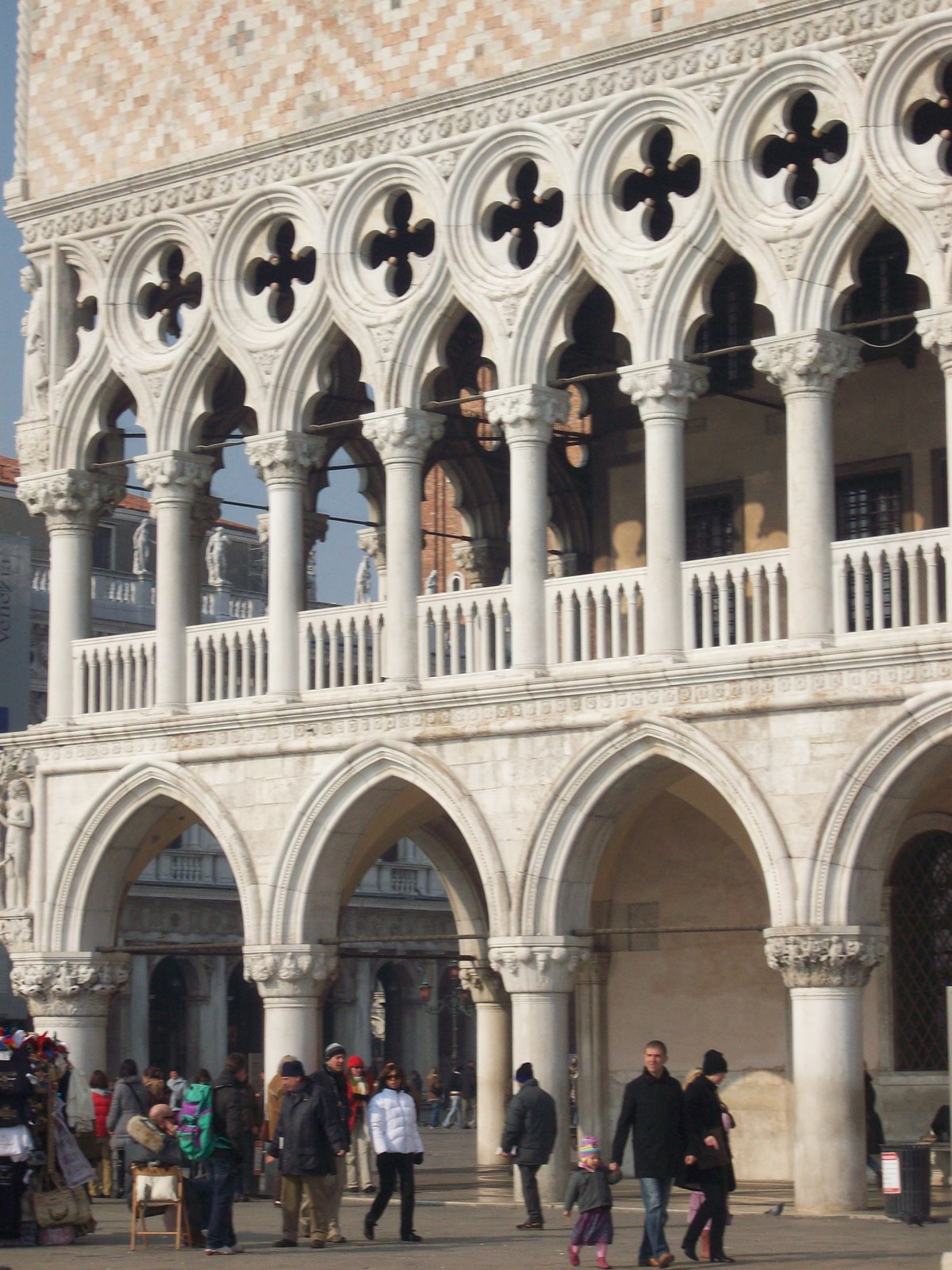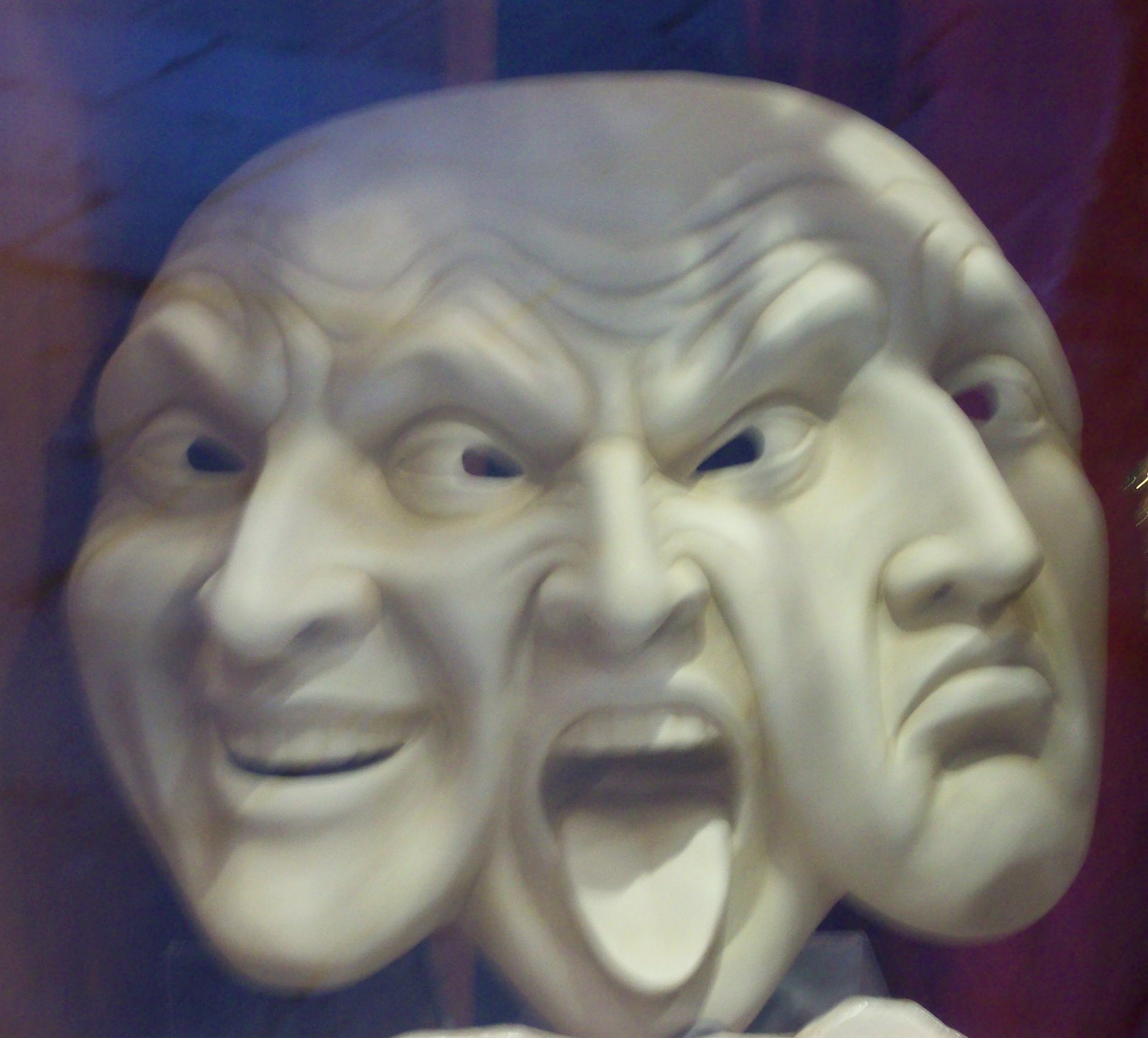Simon & Garfunkel - The Sound of Silence (live in Central Park, 1981)
The Sound of Silence is a song by singer-songwriter duo Simon & Garfunkel.
Written in February 1964 by Paul Simon in the aftermath of the 1963 assassination of John F. Kennedy, the song propelled the group to mainstream popularity.
An initial version preferred by the band was remixed and sweetened, and has become known as "the quintessential folk rock release".
In the U.S., it was the duo's second most popular hit after "Bridge Over Troubled Water".
The song features Simon on acoustic guitar and both singing. It was originally recorded as an acoustic piece for their first album Wednesday Morning, 3 A.M. in 1964 but on the initiative of the record company's producer, Tom Wilson, it was later overdubbed with drums, electric bass and electric guitar, all without the knowledge or participation of Simon & Garfunkel and rereleased as a single in September 1965.
The single reached number one on New Year's Day 1966 and was included in the 1966 album Sounds of Silence.
"The Sound of Silence" was originally called "The Sounds of Silence" and is titled that way on the early albums in which it appeared and on the first single release; only on later compilations was it retitled "The Sound of Silence". Both the singular and the plural appear in the lyrics. In his book Lyrics 1964–2008 Simon has the title in the singular.
Cover versions
In 1966, Spanish rock band Los Mustang recorded a spanish-language cover of the song, entitled "El Ritmo Del Silencio".
Dutch singer Boudewijn de Groot included a Dutch translation of the song ("Het geluid van de stilte") on his unnamed 1965 debut album.
Irish duo The Bachelors had a hit in Ireland and the UK with the song in 1966 before the Simon and Garfunkel version made it into the charts there.
Swedish singer Anni-Frid Lyngstad recorded a Swedish-language cover of the song, entitled "En ton av tystnad", which was featured on her 1971 debut album, Frida.
Serbian and former Yugoslav acoustic music duo Vlada i Bajka recorded a Serbian language version of the song, "Zvuk tišine", released on a single in 1971.
Los Angeles punk band The Dickies recorded a cover of the song, released on a single in 1978.
Israeli duo The Parvarim recorded a Hebrew-language version on their 1972 LP The Parvarim Sing Simon & Garfunkel. The lyric was translated by Ehud Manor.
French singer Gérard Lenorman in his 1981 album D'amour, featured a rewritten lyrics of this song, and he named it "Chanson d'innocence".
In 1986, Stanley Jordan recorded an instrumental version on his Standards, Vol. 1 album.
In the late 1980s, The Fools often covered "The Sound of Silence" at their live performances. One such performance was released on the band's 1987 live album Wake Up... It's Alive!!!. The album was re-released with more tracks in 1993 as Wake Up... It's Alive!!! (Again).
In 1990, Brazilian singers Leandro e Leonardo covered "The sound of silence", rewritten as the love song "É Por Você que Canto" (It is for you that I sing). This version has since been recovered by other Portuguese/Brazilian groups.
In 1996, Icelandic singer Emilíana Torrini covered "The Sound of Silence".
In 1999, Gregorian covered "The Sound of Silence" on their album Masters of Chant.
In 2000, Atrocity covered "The Sound of Silence" on their EP Sounds of Silence. In the same year, Nevermore covered "The Sound of Silence" on their album Dead Heart in a Dead World.
Italian classical singer, Micheal Castaldo recorded an Italian version of this song on his 2010 album Aceto.
In 2007, rock duo Shaw Blades covered "The Sound of Silence" on their second album, Influence.
In 2007, New Zealand singer/songwriter, Brooke Fraser, released a live cover version on the deluxe edition of her album Albertine.
In 2008, the band Ascension of the Watchers covered "The Sound of Silence" on their album Numinosum.
In 2010, Sharleen Spiteri covered "The Sound of Silence" on her album The Movie Songbook.
In 2011, the band Bobaflex covered "The Sound of Silence" on their album Hell in my Heart.
In 2011, Phil and Tim Hanseroth covered "The Sound of Silence" on Brandi Carlile's album Live at Benaroya Hall with the Seattle Symphony.
In 2011 Kina Grannis covered "The Sound of Silence" on the deluxe edition of her album Stairwells.
In 2011, jazz guitarist Pat Metheny opened on his Grammy Award-winning solo cover album What It's All About with "The Sound of Silence".
In 2011, the song was performed by Paul Simon during the 10th anniversary memorial service for the victims of 9/11. This was a last minute change, as the official program had him performing "Bridge Over Troubled Water".
On December 20, 2012, Paul Simon performed the song at the funeral of Vicki Soto, a teacher who was killed in the Sandy Hook Elementary School shooting. He knows Ms. Soto through his sister-in-law.
The lyrics:
Hello darkness, my old friend
I've come to talk with you again
Because a vision softly creeping
Left its seeds while I was sleeping
And the vision that was planted in my brain
Still remains
Within the sound of silence
In restless dreams I walked alone
Narrow streets of cobblestone
'Neath the halo of a street lamp
I turned my collar to the cold and damp
When my eyes were stabbed by the flash of a neon light
That split the night
And touched the sound of silence
And in the naked light I saw
Ten thousand people, maybe more
People talking without speaking
People hearing without listening
People writing songs that voices never share
And no one dared
Disturb the sound of silence
"Fools", said I, "You do not know
Silence like a cancer grows
Hear my words that I might teach you
Take my arms that I might reach you"
But my words, like silent raindrops fell
And echoed
In the wells of silence
And the people bowed and prayed
To the neon god they made
And the sign flashed out its warning
In the words that it was forming
And the sign said, "The words of the prophets are written on the subway walls
And tenement halls"
And whispered in the sounds of silence



